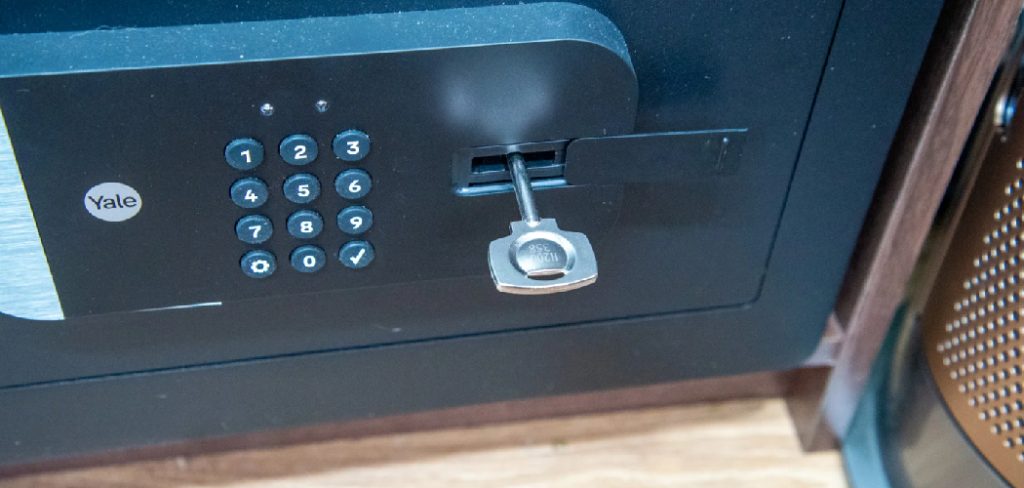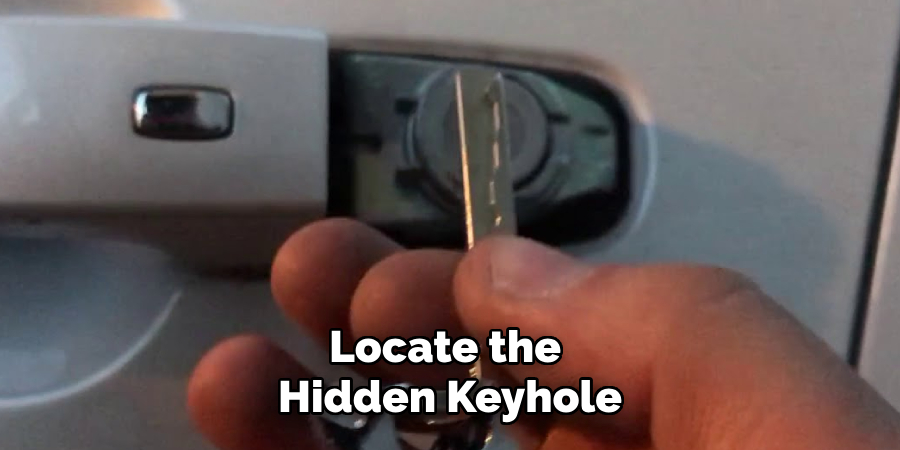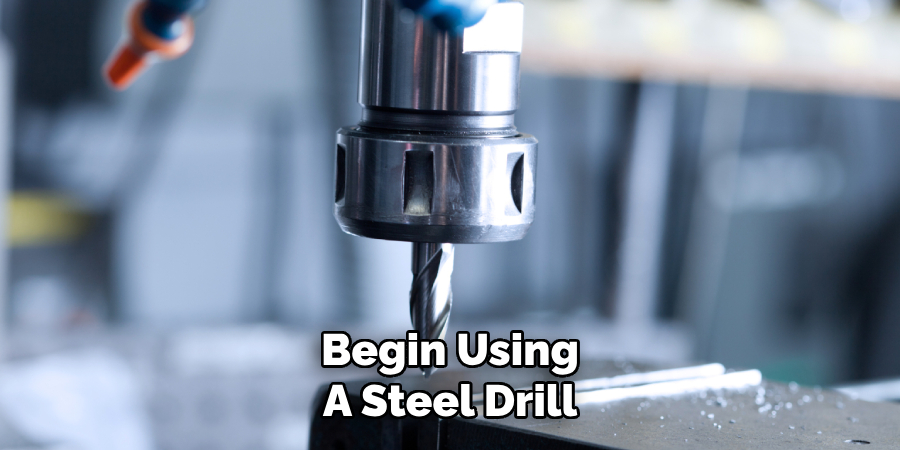When discussing how to break into a fingerprint safe, it is crucial to consider the ethical implications. Breaking into any safe should only be attempted under specific circumstances, such as forgetting the combination, dealing with a malfunction, or facing an emergency situation where immediate access is necessary.

It’s important to understand that these actions should always be conducted within the bounds of the law and with the rightful owner’s permission. In this guide, we will explore various methods, including using backup keys, replacing dead batteries, and bypassing the biometric lock, emphasizing legal and safe practices. By adhering to these guidelines, you can ensure that your approach to accessing a fingerprint safe is both responsible and effective.
Remember, the primary goal is to gain access without causing damage to the safe or its contents while respecting legal and ethical boundaries.
Understanding Your Fingerprint Safe
Types of Fingerprint Safes
Fingerprint safes come in various models, each featuring distinct locking mechanisms designed to enhance security. The most common types include biometric safes, which utilize fingerprint recognition technology to grant access, combination lock safes that require a combination code to open, and key override safes that provide a mechanical key as a backup entry method.
Knowing your specific model is crucial as it determines the appropriate method for gaining access if an issue arises. For example, a biometric safe might require troubleshooting the fingerprint scanner, while a combination lock model could need code recovery or reset.
Basic Components and Functions
Understanding the basic components of a fingerprint safe helps in identifying potential points of failure and troubleshooting effectively. The primary components include the fingerprint scanner, which reads and verifies the user’s fingerprint, the keypad used for entering codes if the model supports multi-lock functions, the keyhole for mechanical key access, and the battery compartment that powers the electronic components.
The biometric system captures a digital image of your fingerprint, which is then converted into a unique code stored in the safe’s memory. Recognizing these components and their functions allows for more precise and effective method selection in case of access issues.

Preliminary Steps
Gathering Necessary Information and Tools
Before attempting to gain access to a fingerprint safe, it’s essential to gather all necessary information and tools. A few handy tools include a flashlight for better visibility, a small screwdriver for accessing battery compartments or removing panel screws, and the user manual specific to your safe model.
The user manual is particularly important as it provides model-specific instructions and troubleshooting tips that can be invaluable when faced with a lockout situation. Having these tools and information at hand can streamline the process and increase the likelihood of successfully accessing the safe without causing damage.
Safety and Legal Precautions
When dealing with a fingerprint safe, ensuring you are legally permitted to access it is crucial. You should have explicit permission from the safe’s rightful owner; otherwise, you may violate legal boundaries, which could lead to severe repercussions.
Additionally, take all necessary measures to prevent damage to the safe or its contents. This includes using the appropriate tools for the job and following the guidelines provided in the user manual.
Mechanical methods like drilling should be considered only as a last resort and ideally performed by a professional locksmith to minimize the risk of irreparable damage.
How to Break Into a Fingerprint Safe: Methods to Break Into a Fingerprint Safe
Using the Backup Key
Most fingerprint safes come with a backup key provided by the manufacturer for instances where the biometric system fails, or the batteries run out. The first step is to locate the hidden keyhole, which is typically concealed behind a removable panel or under a nameplate.

Refer to your user manual to find the precise location. Once the keyhole is revealed, insert the backup key and turn it counterclockwise or clockwise, depending on the model, to unlock the safe. This method is straightforward and avoids the need for more invasive techniques. Ensure the backup key is kept secure and easily accessible to prevent unauthorized access.
Replacing Dead Batteries
Dead batteries are another common reason for being locked out of a fingerprint safe. To replace the batteries, start by locating the battery compartment, usually inside the safe or behind the keypad. If the safe cannot be opened due to dead batteries, the battery compartment may have an external access point or a backup power method, such as a terminal for a 9V battery.
Once located, use a small screwdriver to open the battery compartment. Remove the old batteries and replace them with new ones, ensuring they are installed in the correct orientation. Close the battery compartment securely and test the safe to ensure it functions properly. Regularly checking and replacing the batteries can prevent lockout situations.
Using the Manufacturer’s Override Code
Many fingerprint safes come with an override code supplied by the manufacturer, which can be used to gain access in case the biometric system fails. Refer to the user manual or manufacturer’s documentation to find the override code. If the code is not readily available, contacting the manufacturer’s customer support can provide assistance. Once you have the code, enter it using the keypad.

If entered correctly, the safe will unlock, providing you immediate access. This method is particularly useful as it avoids any physical intervention with the safety mechanism. Ensure the override code is stored securely but is accessible in emergencies.
Bypassing the Biometric Lock
Bypassing the biometric lock can be more complex and should only be attempted if other methods fail. Techniques involve using a master fingerprint or creating a silicone mold of a registered fingerprint. To create a mold, obtain a high-quality impression of the authorized fingerprint on a silicone pad, allowing it to cure.
Once cured, the mold can be placed over the fingerprint scanner to attempt to trick the system into granting access. Be aware that this method carries significant risks and limitations, including possibly damaging the fingerprint scanner. Moreover, it may not work on all models, as modern safes have enhanced security features to detect such attempts. This method should be used as a last resort and with caution.
Drilling the Lock
Drilling into the lock of a fingerprint safe is an absolute last-resort method. A professional locksmith should ideally perform it to avoid significant damage to the safe or its contents. If a professional’s help is unavailable and you must proceed, take safety precautions seriously. Begin using a steel drill bit appropriate for your safe’s lock type. Carefully drill into the lock, applying steady pressure to prevent the drill bit from slipping.

Once the lock mechanism is compromised, the safe should open. It is crucial to drill precisely to prevent damaging the items inside the safe. This method guarantees that the lock will need replacement post-access, and there is a risk of completely disabling the safe if done incorrectly. Always prioritize contacting a professional locksmith for this method.
With these various methods, ensuring that access is legal and respecting the safe’s integrity are paramount. Proper handling and understanding of each method’s implications can lead to a safe and successful process of accessing your fingerprint safely.
Professional Help and Locksmith Services
In situations where DIY methods fail or if you lack the confidence to tackle the task, calling a professional locksmith is advisable. Professional locksmiths offer safe opening, key duplication, and lock repair services. They are trained to handle complex security features without causing damage.
Service costs vary depending on the safe’s model and the complexity involved but typically range from $100 to $300. Most locksmiths can resolve access issues within an hour. Opting for professional assistance ensures that the integrity of the safe is maintained and access is achieved legally and efficiently.
Preventive Measures
Regular maintenance of your fingerprint safe can prevent many lockout situations. Regularly test and maintain the safe’s lock and fingerprint scanner to ensure they function properly. Keep backup keys and override codes in a secure but accessible location to allow quick access in emergencies.
Periodically update access information, such as registered fingerprints and override codes, to ensure they are current and functional. Staying proactive with these measures can enhance the reliability and security of your safe, minimizing the risk of an inconvenient or costly lockout.
Legal and Ethical Considerations
Understanding the legal implications of breaking into a safe is crucial. Ensure you have the legal right to access the safe—whether it’s your own or you have explicit permission from the rightful owner.
Unauthorized attempts to open a safe can lead to criminal charges, including trespassing or theft. Ethical practices in safe access are equally important; always prioritize non-destructive methods and respect the integrity of the safe. Consulting the safe’s manufacturer or a certified locksmith helps maintain both legal and ethical standards, ensuring that access is achieved appropriately and responsibly.

Conclusion
In conclusion, understanding how to break into a fingerprint safe involves several methods, each with its own set of challenges and risks. Methods such as replacing the batteries, using the manufacturer’s override code, bypassing the biometric lock, and drilling the lock provide solutions tailored to different scenarios. Emphasizing safety, legality, and diligent handling is paramount to prevent harm to yourself and damage to the safe.
Always ensure that you have the legal right to access the safe and, if possible, seek professional locksmith services to maintain the integrity of the safe. Employing preventive measures, such as regular maintenance, testing the safe’s lock and fingerprint scanner, and securing backup access can significantly reduce the risk of future lockout situations.
By staying proactive and informed about “how to break into a fingerprint safe,” you can safeguard your valuable contents while minimizing potential stress and inconvenience.
About
Safety Fic is a distinguished figure in the world of Diy design, with a decade of expertise creating innovative and sustainable Diy solutions. His professional focus lies in merging traditional craftsmanship with modern manufacturing techniques, fostering designs that are both practical and environmentally conscious. As the author of diy, Safety Fic delves into the art and science of Safety Fic-making, inspiring artisans and industry professionals alike.
Education RMIT University
(Melbourne, Australia) Associate Degree in Design (Safety Fic) Focus on sustainable design, industry-driven projects, and practical craftsmanship. Gained hands-on experience with traditional and digital manufacturing tools, such as CAD and CNC software.
Nottingham Trent University
(United Kingdom) Bachelor’s in diyfastly.com and Product Design (Honors) Specialized in product design with a focus on blending creativity with production techniques. Participated in industry projects, working with companies like John Lewis and Vitsoe to gain real-world insights.
Publications and Impact
In diy, Safety Fic his insights on indoor design processes, materials, and strategies for efficient production. His writing bridges the gap between artisan knowledge and modern industry needs, making it a must-read for both budding designers and seasoned professionals.
